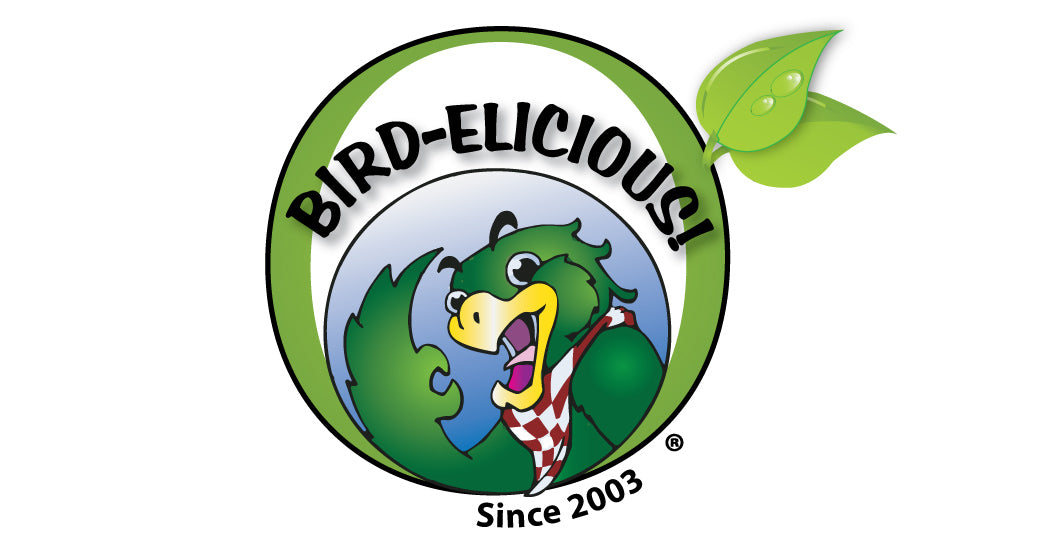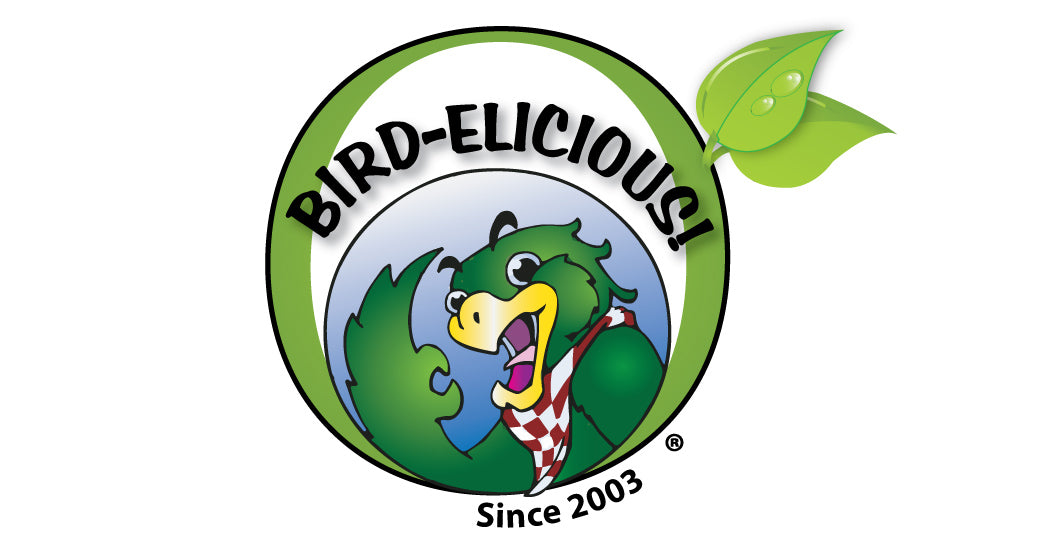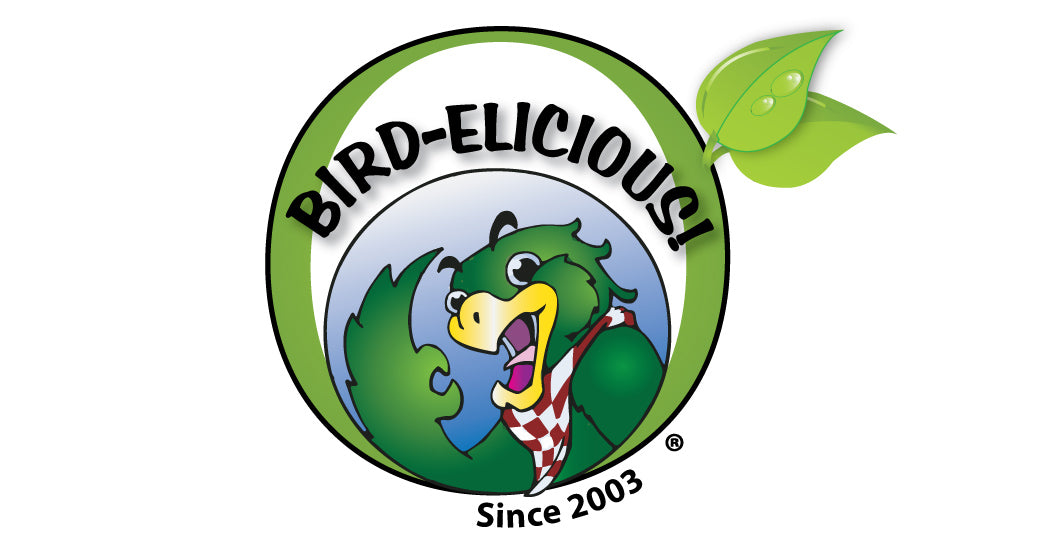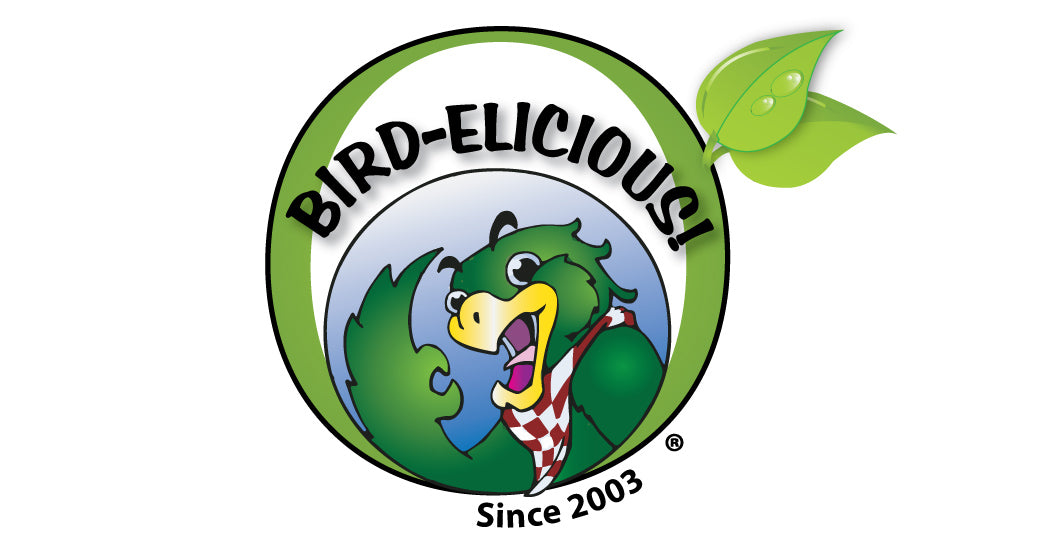The photo is of a papaya that is overly ripe containing sprouted seeds that sprouted endogenously (within) the fruit itself. We will address all the phases of ripening in this article further down.
In all of our great research, education and knowledge many of us still refuse to feed our flock raw foods that are similarly indigenous to the species’ regions of origins. I find this tragic.
Foods cousins of our captive exotic birds of the wild would consume if they had the opportunity would consist of all raw foods; birds cannot and do not cook in the wild. Most exotic birds do not live in regions where the temperatures fall to freezing. The only way to ensure food molecules go relatively unchanged is by gentle dehydration at or slightly below 105 to 115 degrees F. Foods may naturally dehydrate in the wild, but they are not cooked or frozen by Nature for preservation and food storage.
Birds have a much higher metabolism than humans, and a much higher blood glucose level. This information alone should tell us what and how to feed our birds. Unfortunately, many limit the total calorie intake of their bird, structure their birds’ diets to exclude naturally occurring food constituents their bird would normally consume in the wild, attempt to exclusively feed their birds’ according to human foods that grow domestically, and feed foods highly processed and/or high in synthetic vitamins.
“Captive” bird does not always equal “coach potato” if you are ensuring your bird has enough “out-of-cage” time and plenty of foraging items ensuring lots of activity. Even if a bird just sits in its cage all day (I hope not), that bird’s system still operates at a much higher metabolism than a human body. This should tell us not to restrict a bird’s diet, but instead to ensure we are feeding the kind of food a bird’s high metabolic rate can utilize efficiently and quickly. Our birds still need protein to regenerate all of their muscles and skin. Our birds still need quality dietary fat as their first source of energy. Our birds still need the right kind of carbohydrates which offer additional energy. And finally, our birds need all of the digestive enzymes, vitamins and trace minerals offered in each whole food.
Reducing the amount of food our birds consume, altering the nutrients those foods would normally consume in the wild (by cooking or freezing), and adjusting their diets to appear more like a human diet is wrong. Taking the information Nature has and does supply to ensure we are “feeding our birds really, really well,” then changing it to suit our desires and convenience is not only providing substandard and wrong nutrition but causing illness in our birds much like those illnesses humans suffer.
I wish to bring to point only one topic today; about “how” our birds consume food in the wild.
Many will tell you that birds eat only unripened fruit in the wild to ensure they are not consuming too much sugar. This misinformation is categorically wrong. Birds consume both unripe, ripe and overly ripened fruit in the wild. Nature has given birds brains that are, in ratio to size, much larger than the human brain. Birds use their brains to search for the right kind of food they need at any given time to ensure a balanced homeostasis. Birds also use their brain to instinctively know to eat fruit that is unripe, ripe or overly ripe according to what is available at any given time, and/or for the specific nutrition fruit have to offer at any stage of ripening. In other words, birds are not dumb.
Obviously, if we train our birds to only eat certain foods, like us their palate will develop a “taste” for those foods. Our birds will also think that these are the right kind of foods and so will refuse to eat any other foods we may offer, even when we decide to change to a healthy diet for our birds.
I want to use one example of a variety of fruit most wild exotic birds would encounter in their indigenous origins; papaya.
When papaya is unripe, it offers the most amount of digestive enzymes and the least amount of monosaccharides (essential fruit sugar). Birds who sense they need to increase their digestive enzymes, for any reason, maybe a lack due to not receiving enough of their parents’ crop food as a baby, or due to illness changing and robbing their digestive tract of digestive enzymes, or are experiencing a lot of pain for some reason will be most likely to consume lots of papaya when it is not yet fully ripe. Unripe papaya does contain a naturally occurring pain reliever known as “salic acid” – just like any fruit contains in its unripe stage. While salic acid is normally a wonderful nutrient that counters pain, it is after all is said and done “aspirin” which thins the blood and also triggers feather destruction in birds who are prone to engaging in feather destruction. Birds in the wild instinctively “know” when to consume more salic acid and when to consume less. They know which foods they can go to for pain reduction if they need it. Birds know which foods to go to for an increase in digestive enzymes if they need them.
When papaya is perfectly ripe, it offers both digestive enzymes, only slightly less than unripe papaya. It also offers more beta-carotene (Vitamin A) and less salic acid, good for those birds who do not need their blood thinned from consuming so many “greens” containing Vitamin K. Ripe papaya contains more monosaccharides (essential fruit sugar) for which to supply more, “quick” energy for their high metabolism.
Papaya that is overly ripe still provides nutrition, but that nutrition is very different from unripe or perfectly ripe papaya. Overly ripe papaya probably supplies the most amount of beta-carotene of any ripening phase this fruit goes through. Overly ripe papaya will contain dramatically less salic acid, so it offers little relief in the way of pain. Overly ripe papaya contains a much, much higher amount of monosaccharides (essential fruit sugar) and histamines. Histamines are like salic acid, and triggers birds who engage in feather destruction.
There is one food that overly ripe papaya offers that neither unripened or perfectly ripened papaya can offer: “living sprouted seed” containing lots and lots of digestive enzymes, especially amylase, the enzyme necessary to break down starches and aid the overall endocrine system in insulin regulation. When a bird consumes overly ripe papaya, it is not only consuming the “meat” whose fiber is pectin, but also will be likely to consume the sprouted, living seeds inside. These seeds not only supply vital digestive enzymes, high protein, and quality carbs, they also supply a higher amount of vitamins and minerals than “dead” seed that has not yet sprouted. Again, though, be careful in feeding overly-ripe papaya or the seed it contains to a feather destroying bird; both of these will trigger more feather destruction.
Birds in the wild know at which phase of ripening to consume each food if it is abundantly available in their area. If it is not abundant birds will eat the food at any phase to ensure personal survival and overall survival of the species.
As we can then deduce, overly ripe papaya contains the highest amount of monosaccharides (essential fruit sugar) than either of the other two ripening stages. However, due to the presence of a high amount of the living digestive enzyme known as “amylase” and increased fruit pectin (a fiber that aids in the absorption of nutrients), increased fruit sugar is insignificant in raising a bird’s blood glucose level out of the range of what any given bird can utilize.
The bottom line is this, if a bird, captive or wild is given the opportunity to seek out and forage for the foods their intrinsic DNA tells them to consume, that bird will be able to figure out what foods to eat, when to eat them and how to eat them for optimum nutrition. Supplying our birds with as many as 45, 50 and even 60 different foods in any given week, that are of nutritional balance overall (determined by laboratory analysis), plus offering those foods at different stages of ripening will only add to the healthy homeostasis of our birds.
©12.3.16 Passion Tree House LLC All Rights Reserved




Leave a comment (all fields required)